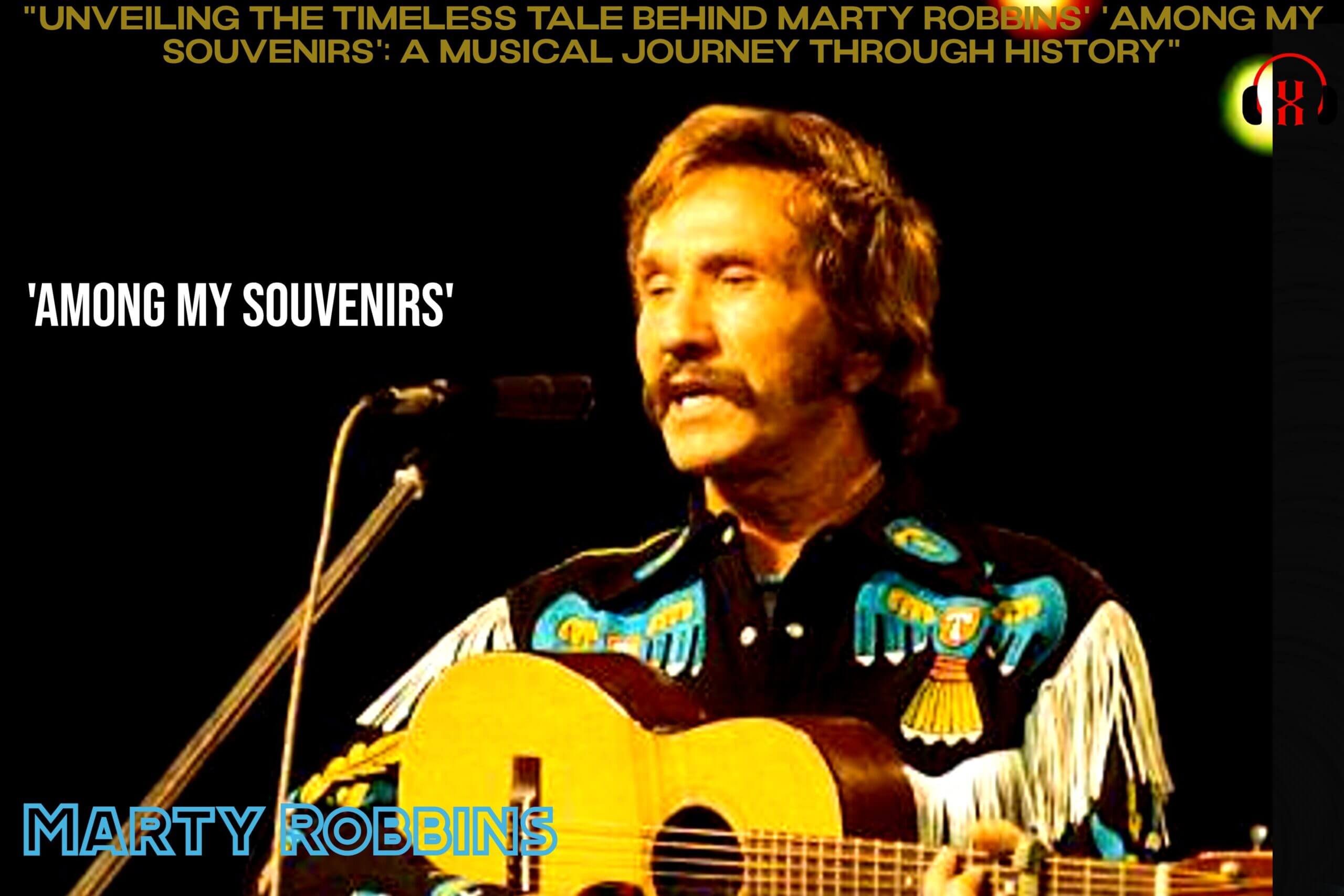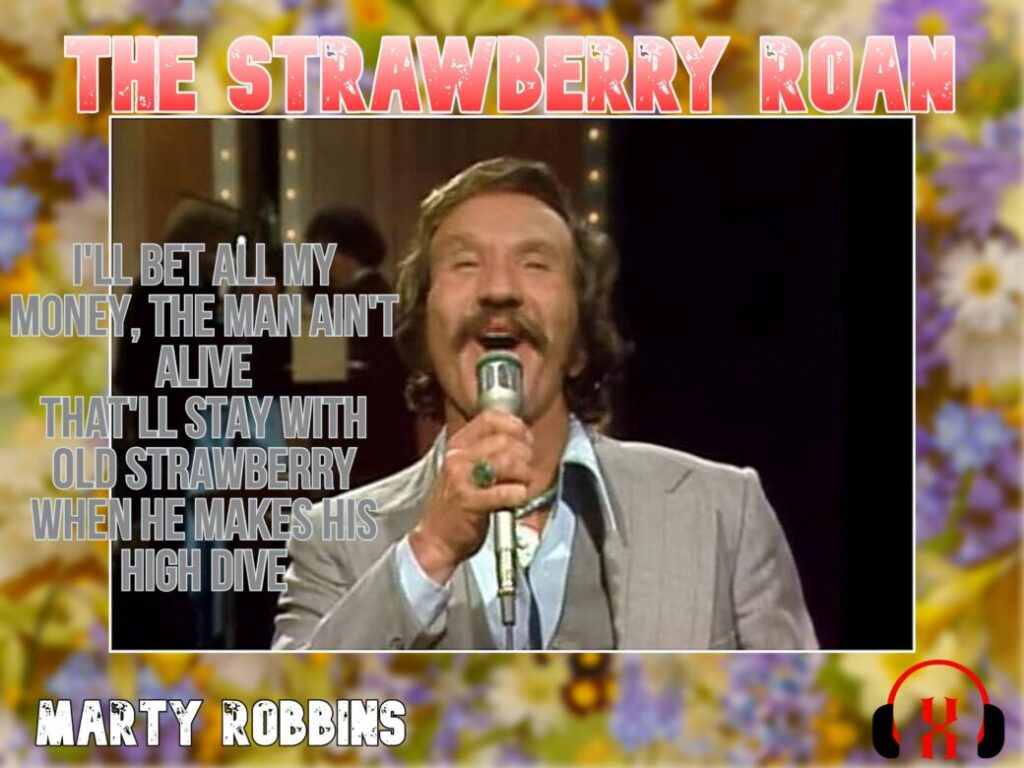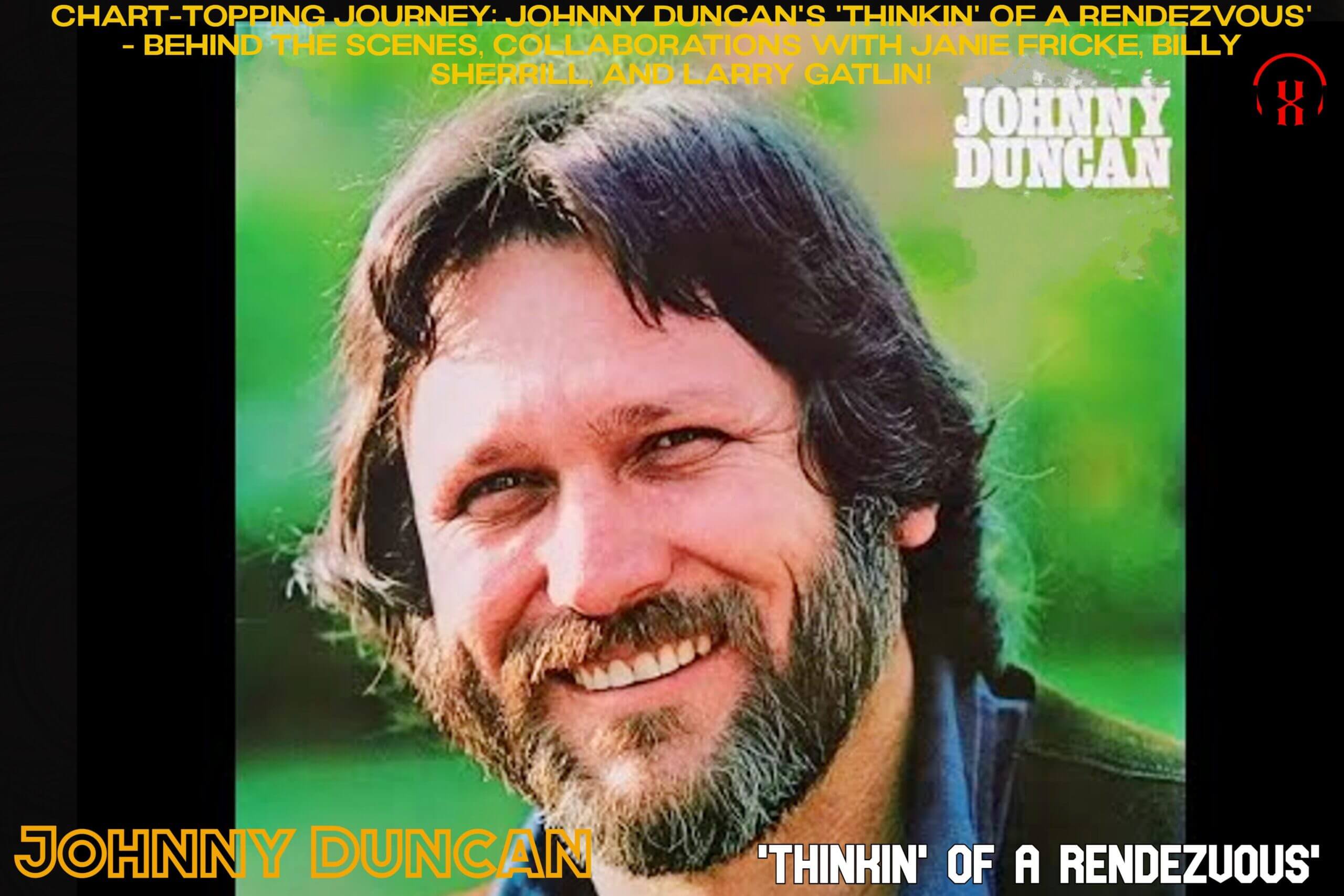![]()
Unveiling the Tale Behind Marty Robbins‘ Timeless Melody: “Among My Souvenirs”
In the harmonious realm of music history, one song resonates with an enchanting story that transcends time and genre. “Among My Souvenirs,” penned by the collaborative efforts of Edgar Leslie and Horatio Nicholls, has stirred the hearts of many, and it was Marty Robbins who breathed new life into its captivating lyrics with his 1976 rendition.
While Marty’s rendition was a resounding success, it’s worth noting that he wasn’t the trailblazer in interpreting this melodic gem. A fascinating journey through time reveals that this melody had been shared by various artists long before Marty’s rendition. Back in 1928, a quartet of distinct performers graced the airwaves with their versions of the song. The esteemed Paul Whiteman and His Orchestra even claimed the top spot on the national pop chart with their rendition. Over the years, illustrious names like Louis Armstrong, Bing Crosby, Judy Garland, and Frank Sinatra lent their voices to this lyrical tapestry, each infusing their unique artistry into its verses.
However, it was Connie Francis who breathed new life into “Among My Souvenirs” in 1959, propelling it to the seventh spot on Billboard’s Hot 100 chart. This infusion of her talent revitalized the song and reminded the world of its timeless appeal.
Enter Marty Robbins, whose 1976 country version of the song introduced a fresh perspective to the narrative. Opening with an exquisite duet between Marty’s emotive vocals and a classically-inspired violin performance, the song evolves into a seamlessly crafted ballad. This rendition bore the signature of producer Billy Sherrill’s genius, who not only appreciated the unique opening technique but also recognized the song’s potential. While Marty had reservations about the track’s release, Billy’s persuasion led to its emergence as a single. The exquisite fusion of voices and the orchestral arrangement provided a sense of depth that both captivated and moved listeners.
The journey of Marty’s rendition up the charts was marked by its ascent from #63 to the pinnacle of Billboard’s country singles chart over the course of Labor Day weekend in 1976. A crowning achievement, this record marked Marty’s sixteenth career chart-topper. However, this triumph was not the finale of his musical journey. Following this success, he went on to secure four consecutive Top Ten hits, a testament to his enduring talent and dedication.
Marty Robbins was not only an icon in the realm of music but also a resilient soul. Beyond the spotlight, he was a passionate auto racing enthusiast, partaking in over 50 racing events during his lifetime. His unyielding spirit was evident in his recovery from a harrowing accident in 1974, which left him with broken ribs and a tailbone, as well as 37 stitches in his face after hitting a wall at the Charlotte Speedway at a staggering 160 miles per hour.
Despite the challenges he faced, Marty’s musical spirit endured. His triumphant return to the music scene in 1982 with “Some Memories Just Won’t Die” marked a resurgence after four years of absence from the Top Ten. Tragically, his tale took a somber turn as he passed away on December 8, 1982, following his third heart attack. This poignant chapter serves as a reminder of the fragility of life and the indelible impact of his artistry.
In the realm of recognition, Marty Robbins’ legacy lives on. Just months before his passing, he was bestowed with an unexpected honor. Eddy Arnold, in a poignant moment at the Country Music Association awards telecast, announced Marty’s induction into the Country Music Hall of Fame. His heartfelt reaction and speech on that occasion have become cherished milestones in the annals of the CMA.
As if fate wished to intertwine his artistry with the silver screen, Marty’s voice graced the Clint Eastwood movie “Honkytonk Man” with the title track. His melodious presence added an evocative layer to the film, etching his legacy into yet another realm of storytelling.
The echoes of Marty Robbins’ greatness persisted even after his passing. A testament to this is the renaming of the Music City 420 NASCAR race to “The Marty Robbins 420” on May 7, 1983. This symbolic gesture underscored his lasting impact on both the musical and racing realms.
In 1988, another treasure from Marty’s journey came to light. Marty Robbins Enterprises unveiled a series of captivating black and white videos comprising episodes from “The Drifter,” a mid-’60s TV series starring Robbins. These videos served as a nostalgic window into his multifaceted talent and the cinematic moments he graced.
The story behind “Among My Souvenirs” isn’t merely about a song; it’s about an artist whose journey intertwined with the melodies he shared with the world. Marty Robbins’ legacy remains etched in time, a tribute to his enduring spirit, musical genius, and the chapters he inscribed across the tapestry of history.
Artist: Marty Robbins
Genres: Schlager & Volksmusik, Country
Lyrics
There’s nothing left for me
Of days that used to be
I live in memory, among my souvenirs
Some letters tied in blue
A photograph or two
I find a rose for you
Among my souvenirs
A few more tokens rest
Down in my treasure chest
And though they do their best
To give me consolation
I count them all apart
And as the teardrops start
I find a broken heart
Among my souvenirs
I live in memories
Among my souvenirs





Comment on ““Unveiling the Timeless Tale Behind Marty Robbins’ ‘Among My Souvenirs’: A Musical Journey Through History””